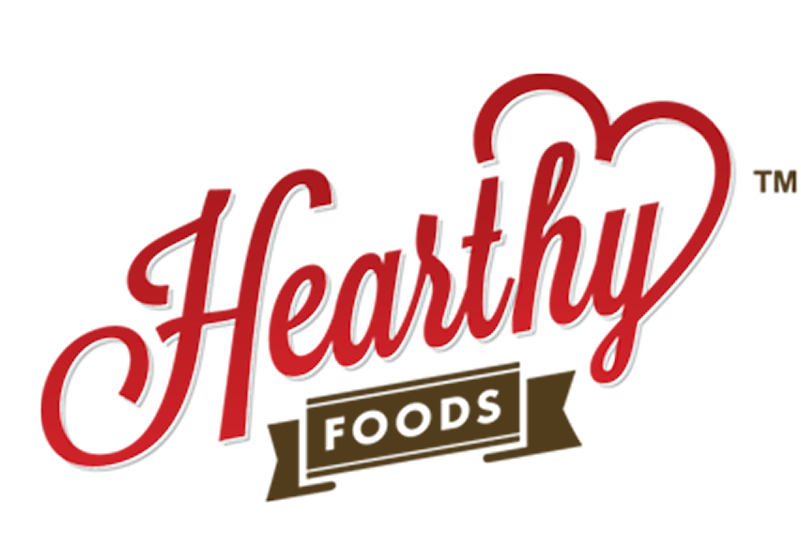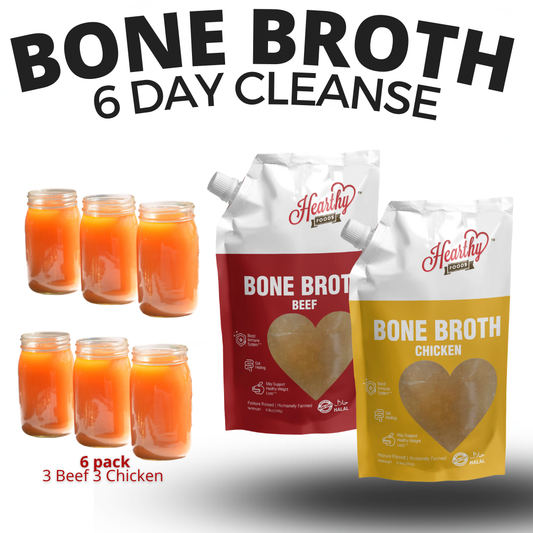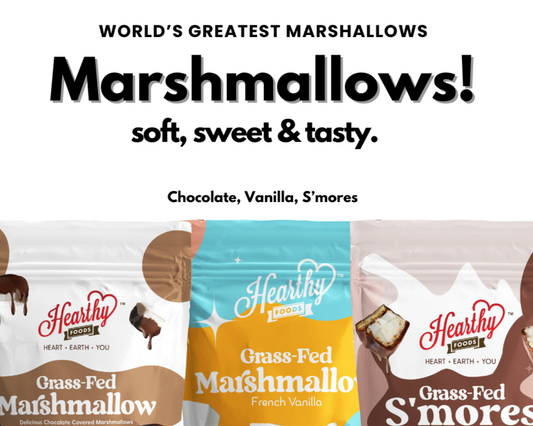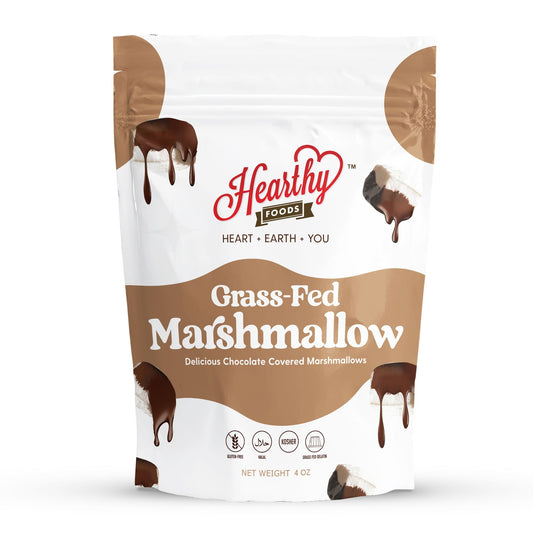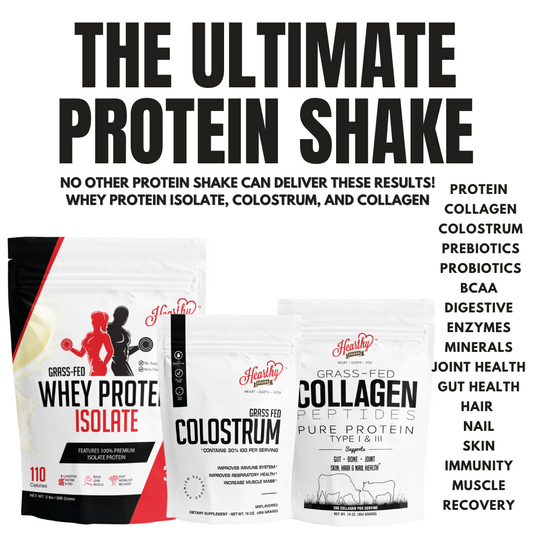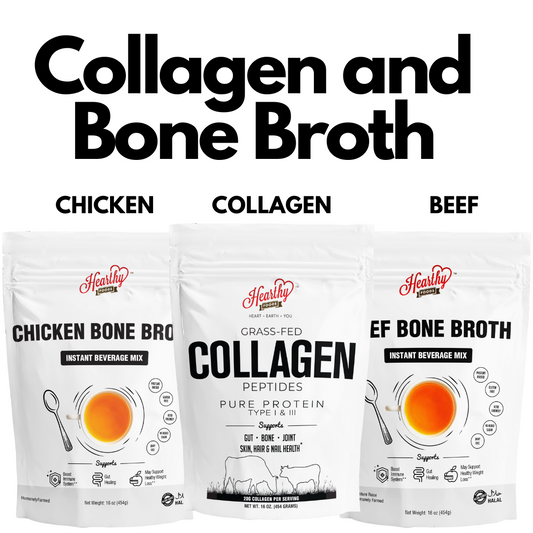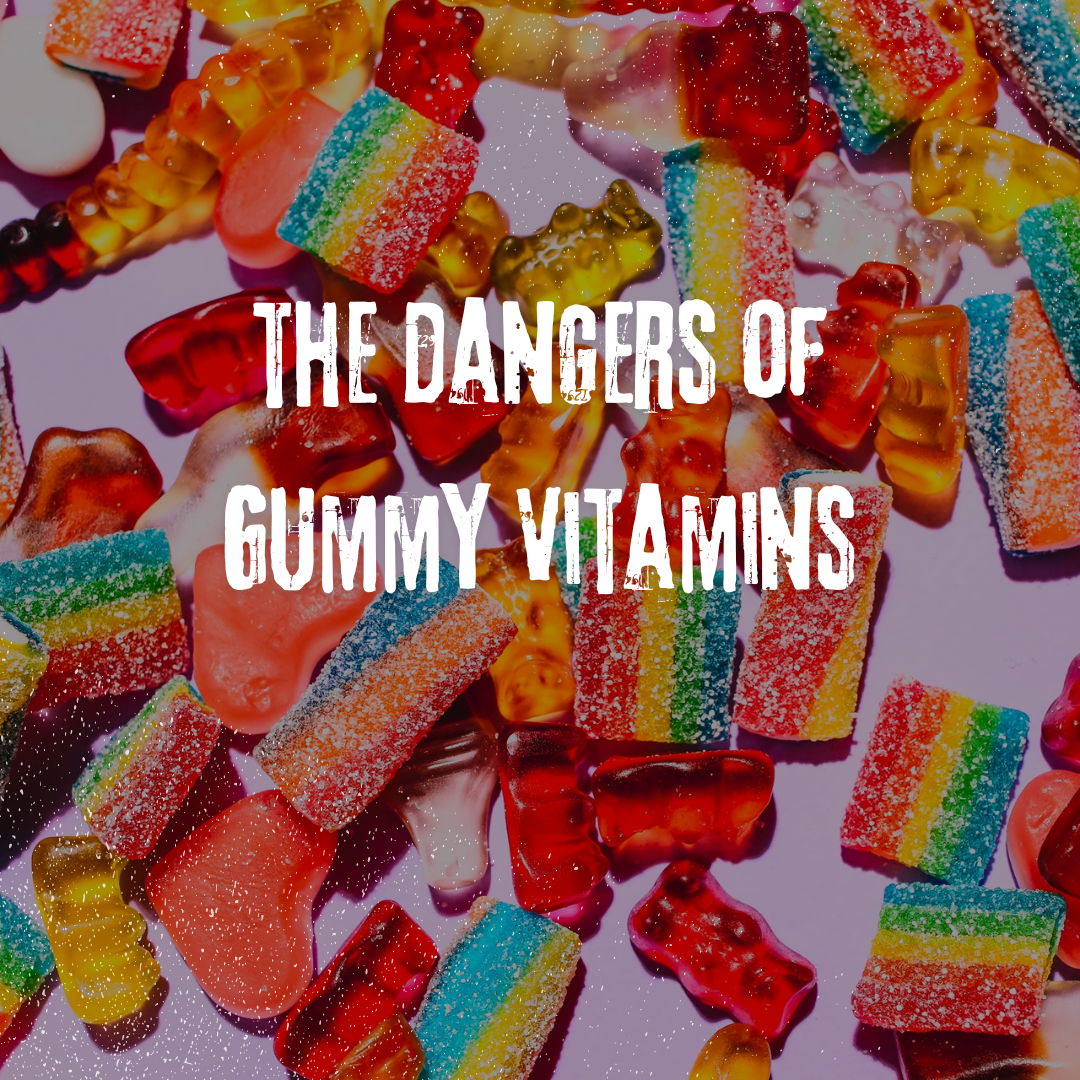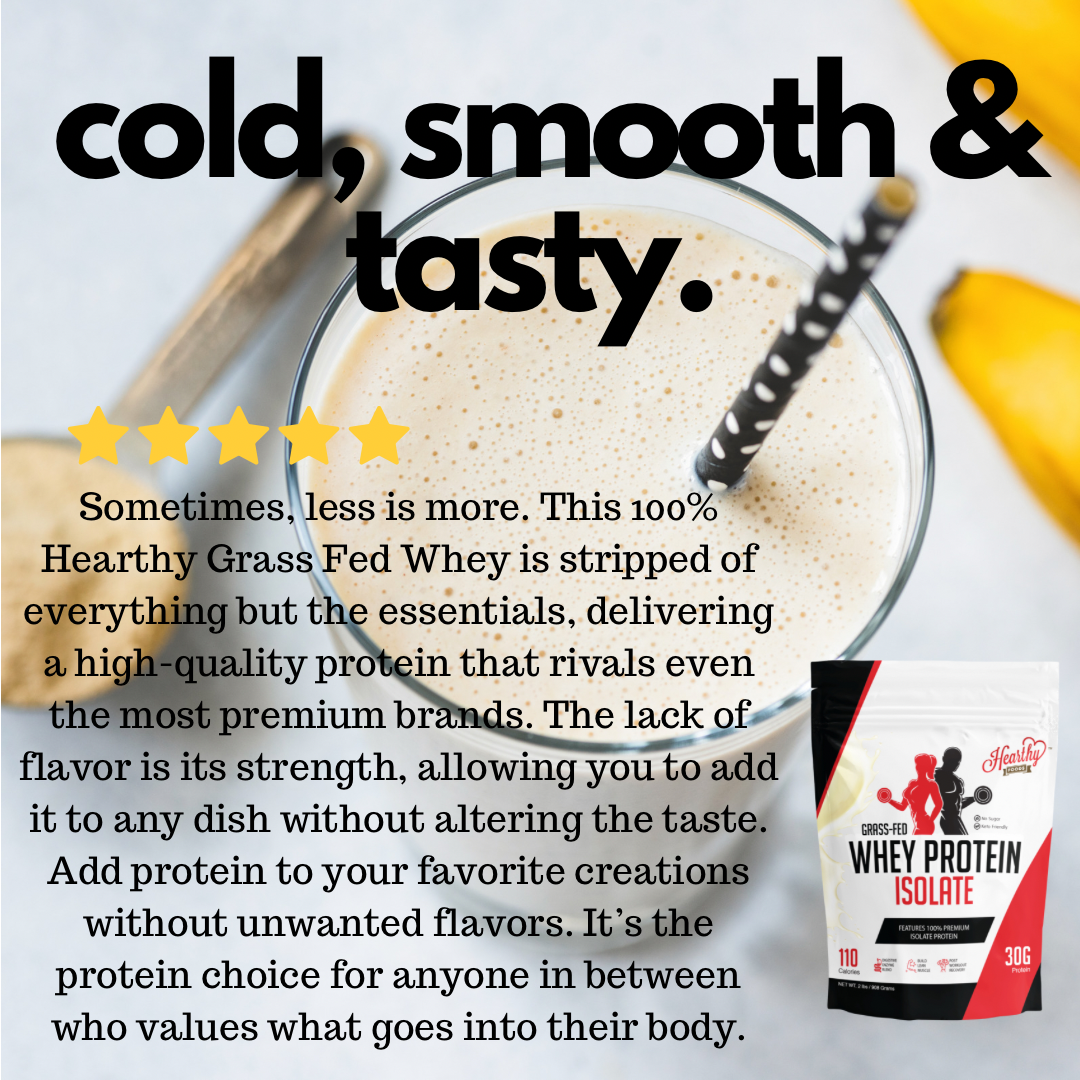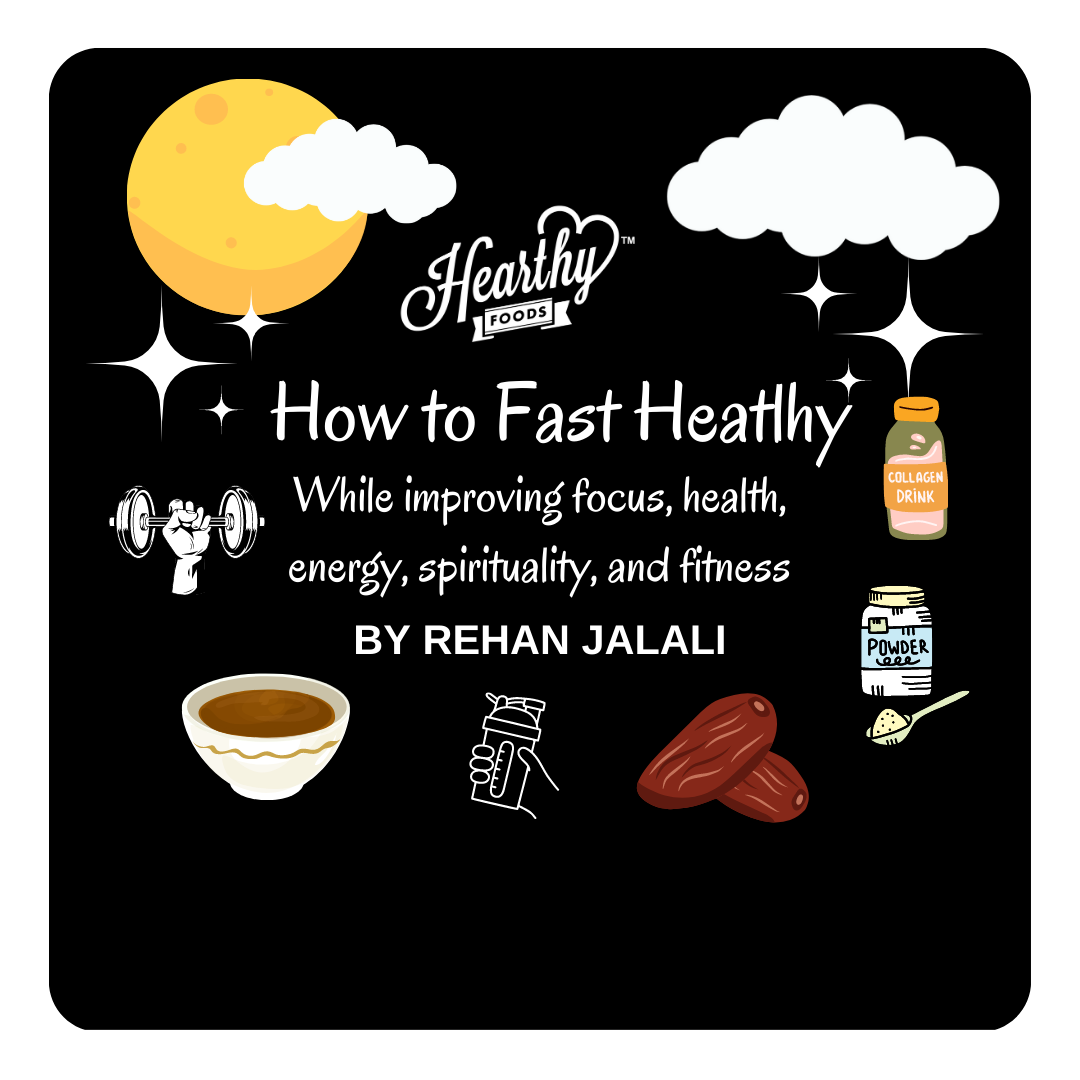
How to Fast Healthy While Improving Focus, Health, Energy, Spirituality, and Fitness
By: Rehan Jalali, C.S.N.
Due to the Intermittent fasting movement, many people have incorporated regular fasting into their lives. The 16:8 eating plan and others are very popular these days. Well, Ramadan is the Michael Jordan of fasting! Most people see the month of Ramadan as a time when they will surely lose strength and or muscle mass and some people think they can only “maintain” during this month. This cannot be further from the truth. In fact, if you use some of the strategies I am about to share with you, you can make some of your best gains during this month! It’s all about maximizing nutrient uptake/Lowering any chance of deficiencies, maintaining proper hydration, boosting immune function, maximizing sleep, and modifying key fat burning/muscle building hormones in your favor during this month. And of course PREPARATION—If you fail to plan, then you plan to fail! Plus, how can you truly maximize this month spiritually and get in the zen zone if your body is sick, tired, and your mind isn’t sharp?
Make sure you set specific fitness goals for Ramadan, write them down and put on your fridge or phone, and go and achieve them!
This year the fasting will be strenuous--around 13-15 hours a day. More if you happen to live in the UK or parts of Europe. So you must be more vigilant about hydration and the food you eat. First of all, let’s look at what happens to your body during Ramadan. While you are fasting, obviously you become more dehydrated at rest--but actually less than if you had exercised aerobically for over an hour (so exercise causes greater dehydration for that time period versus fasting). Your main metabolic fuel source for bodily function during fasting is mainly fat, which is a good thing (semi ketosis state). So the goals during Ramadan are to maximize metabolism (even though your metabolism may slow down due to less food and little sleep), preserve and enhance as much lean muscle mass as possible (which will inherently increase metabolic rate and allow you to burn more calories at rest), and maximize your workout (both cardio and weight training). During Ramadan, depending on your goals, I really recommend that you limit cardio to 1-3 days a week at the most. This is again to preserve as much lean muscle tissue as possible. There is actually research showing the health benefits of fasting. It is truly a physical purification. According to a study published in the reputable European Journal of Clinical Nutrition, the researchers concluded that “no detrimental effects on health have as yet been directly attributed to negative water balance at the levels that may be produced in Ramadan.” Other research has actually shown cardiovascular benefits of fasting during Ramadan—that is if you can avoid the IBS (no, not irritable bowel syndrome) but the dreaded Iftar Binging Syndrome! It is vital to eat moderate to small meals even after iftar (breaking the fast). Studies show Ramadan fasting lowers blood pressure, lowers inflammation, improves cardiovascular health, and causes enhancements in platelet count. Plus fasting is now showing immune system rejuvenation and stem cell regeneration! And numerous brain health benefits.

Training Times
Ok, enough of the background, let’s get to the meat of it! I am going to set the record straight here. The best time to do a weight training workout is NOT while fasting. This can create way too much muscle breakdown and cause a significant rise in the catabolic hormone cortisol. Training while in a state of dehydration can decrease strength significantly. In fact, research indicates that dehydrating a muscle by as little as 3% can cause a 12% loss in strength. Training while you are fasting can actually be much more detrimental than beneficial! This is mainly due to no water intake. If it was just food and you were hydrated, no prob. The best time to weight train during Ramadan is at night. This will insure that you will have several meals and plenty of water in your system before going to the gym. This will also allow you to consume your important post workout meal or shake which is essential to muscle growth and even fat loss. If this is too late then the next best time to weight train is about 1 hour after Breaking the fast. You could do a short but intense 20-30 minute workout. In fact, research shows that a reduced training volume during Ramadan can maximize lean muscle and strength. The best time to do cardio work for maximum fat loss is before the pre-dawn meal—yep that’s the truth. Of course, most people I know will not want to get up at around 3: 30 AM and do cardio! If you CAN pull this off then the best thing to do is get up and drink plenty of water with a cup of coffee, green tea, or oolong tea and perform 6-9 minutes of high intensity cardio work like sprinting. Stretch before and after the session. If this is out of the question for you, then the next best time to do cardio is approximately 30-45 minutes before breaking of the fast (Brisk walk or steady state cardio only during this time). Short, high intensity cardio like sprinting is actually great to do during Ramadan. It takes less than 10 minutes and provides maximum benefit in terms of fat burning and lean muscle preservation! This isn’t “driving miss Daisy” cardio—it’s very intensive-Ex. Sprint for 15-20 sec at full speed (like a dog or the police is chasing you!) and walk for 1 min. Do 5-6 cycles like that and you’re good! Start slow of course and work your way up. This high intensity cardio should not be done while fasting but rather after breaking the fast or before the pre-dawn meal.
According to some research, rinsing the mouth with water or a carbohydrate solution during the fast while exercising can improve sports performance! So rinse away!
So now you know when to train, it’s time to learn what to eat and drink (think water, water, and more water!).
Suhur meal (Morning/pre-dawn)
For the pre-dawn meal, it is imperative to drink plenty of water and eat a good blend of protein, carbohydrates, fiber, and essential fat—that’s right “good fats” have many fat loss, health, and muscle building properties and their importance is even greater during Ramadan. Nutrient dense is the key here! Some good “suhur” foods include:
Egg whites (1-2 yolks)
Chicken breast
Oatmeal (preferably steel cut or multi-grain)
Cream of wheat
Hearthy Protein shake
Heathy Collagen
Hearthy Bone Broth
Trader Joe's Granola bars
Cinnamon
Bananas
Raw, Dark Honey
Raisins or dates
Watermelon
Figs
Fibrous vegetables –This will help increase the feeling of fullness as well.
All natural peanut butter or almond butter
Hemp/flax/chia seeds
Flax seed and fish oil - A great and tasty brand is Omega Swirl from Barleans and Country Life or NOW foods has a high DHA fish oil which would be good for mental function.
Olive oil – preferably extra virgin (which means it’s cold processed and the essential fatty acids are preserved)
It is important to take a solid Hearthy Multi-Vitamin/multi-mineral supplement with the pre-dawn meal (suhur) as well to make sure daily minimum requirements of key nutrients are met. The best one is Advanced Multivitamin from Hearthy Foods. Taking extra vitamin C can also be helpful. A great product is Emergen-C from Alacer. It is very important to watch your sodium intake at this time as high sodium can cause greater dehydration plus increase thirst during the day—not good for fasters. Avoid high sodium foods like soups, sauces, condiments, gravies, high sodium bread products, and canned meats. Of course eating fried foods and heavy oil items can cause heartburn and problems for you all day so it is best to avoid those if possible!
Iftar meal (Sunset time to Break the Fast)
This is a key time for rehydration. Breaking the fast with dates and water is profound nutritionally, you will see that dates are very unique in their nutrient content. They contain very high levels of potassium (much more than a banana), a key re-hydration mineral and a special carbohydrate blend that enhances hydration above and beyond water alone. They contain a special blend of glucose and fructose for short and long term energy. They also have a special nutrient called beta D-glucan which is a soluble fiber that can enhance satiety and digestive health. So basically when you eat a date and water for iftar your body gets hydrated again much faster than with water alone (this is a complex topic but I don’t want to bore you with the details—You can think of dates and water as a very advanced form of Gatorade®). In fact, clinical research published in the International Journal of Food Science and Nutrition entitled “The fruit of the date palm: its possible use as the best food for the future?” concluded that “dates may be considered as an almost ideal food, providing a wide range of essential nutrients and potential health benefits.”
You should also eat some quality protein at iftar time as well. I recommend three dates and a protein powder like Hearthy Whey Protein. Of course, drink plenty of water--In fact, keep a water bottle with you at all times after sunset! Then 1- 1.5 hours later have a food meal (or follow the schedule above for cardio). Then during prayer have a protein bar or ready to drink protein shake in the middle (not while you are praying of course!) or have another small protein and complex carbohydrate meal after the 8—drink plenty of water if you have a protein bar (Quest, Barbells, or Power Crunch if you want a lighter version). Then go train about 30-45 minutes after eating the bar (bar is optional). A great pre-workout drink like Pre-Kaged from Kaged Muscle, C4, or Bang energy can be beneficial for energy and strength levels. Keep in mind the Bang and Pre-Kaged have significant amounts of caffeine so if you have trouble sleeping, you might just want to stick with a good ole cup of black coffee pre-workout.
You can also take an essential amino acid product like EAA+ from Nutrex during and right after the workout to preserve lean muscle. After the workout, also have another nutrition shake (as mentioned a few lines ago) with plenty of water. Don't overeat meals at night. Your body loves homeostasis and wants to maintain a certain balance—you literally have to shock it constantly to lose fat and gain muscle over the long run! There is so much wisdom in “Eat and drink but not to excess"!
SAMPLE Ramadan MEAL PLAN for fat loss and muscle gain
(*This plan is for a 170 lb male, please adjust amounts for bodyweight)
Suhur (Pre-Dawn Meal)
Eat 6-8 egg whites (one yolk)
One bowl of plain oatmeal w/ cinnamon, raisins and 3 dates
1 teaspoon all-natural peanut butter, almond butter, or olive oil or flax seed oil (1 tablespoon Barleans Omega Swirl)
Plenty of water (16-24 oz.)
Hearthy Foods Advanced multi-vitamin
Turmeric (Hearthy Foods brand)
Iftar (the evening opening of the fast):
3-5 Dates and a Hearthy Protein Shake
Plenty of water
For cardio workouts --Do cardio 30-45 minutes after this meal for 30-45 minutes at a moderate pace or do a sprint workout if you have less time and then have the next meal before night prayers. (Have a cup of green tea, Oolong tea, or coffee with Iftar on cardio days)
For weight training days: Eat another food meal before prayers like chicken breast (or lean beef -sirloin/top round/eye of round), brown rice and some veggies OR
Baked Fish (Salmon, Tuna, Orange Roughy, cod, or Mahi mahi), sweet potato, and some steamed vegetables.
Drink plenty of water during the workout and can take the EAA drinks during. Train intensely and short. Workouts should last 20-35 min.
After the workout, have another Nutrition Shake --lots of water of course. Then sleep 45 minutes later or stay up all night eating, praying, and working!
Following these simple workout and nutrition tips can really help you make great gains. God Bless!
Top 6 healthy foods for Ramadan.
1) Dates – They contain a unique blend of glucose and fructose and have a very high potassium content (about 64% more than bananas). They have a nutrient called beta-D-glucan which is a soluble fiber that has health benefits and can increase the feeling of fullness.
2) Raw, Unfiltered Honey - It contains many phytochemicals and flavanoids that can enhance health. Honey is very good for increasing energy. It is an excellent source of antioxidants. In fact, ORAC tests show it has the highest level of antioxidants of virtually any natural food on earth! It even has anti-bacterial effects. Take 1-2 tablespoons daily.
3) Fish – Eating fish regularly can have positive effects on health. The fish oils EPA and DHA have been shown to improve brain function, enhance cardiovascular health, and reduce inflammation among other things. Some of the best fish are cold water wild salmon, orange or white roughy, deep sea black Cod, sea bass, Ahi Tuna, Mahi mahi, low sodium albacore tuna, and herring.
4) Figs – They contain key mineral such as calcium, iron, magnesium, and potassium. They are also a great source of fiber and can support healthy blood sugar levels. Figs are an alkaline food which means they help balance the Ph of the body making it less acidic.
5) Olive Oil - Contains omega 9 or oleic fatty acids. It has been shown to increase the good cholesterol (HDL) while lowering bad cholesterol (LDL). It also seems to have some antioxidant effects. Look for extra virgin olive oil (cold-pressed). Cooking with it can lower some of its benefits. Add it to food after it is cooked!
6) Watermelon - 92% water and very hydrating. Also contains Citrulline, lycopene, and minerals for health and fitness.
*This article is for informational purposes only.
